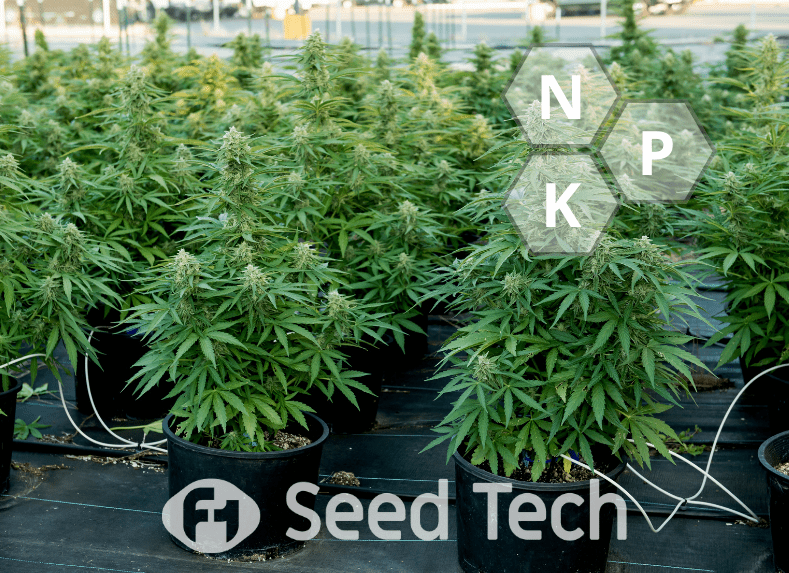Autoflowering cannabis plants, known for their robust genetics and compact size, have unique nutritional needs compared to their photoperiodic counterparts. This article will provide an in-depth understanding of how to properly feed your auto flowers for optimal growth and yield.
Do Autoflowers Require Nutrients?
Yes, auto flowers absolutely require nutrients. However, their compact size and robust genetics, which evolved under harsh conditions, allow them to thrive with fewer nutrients compared to feminized photoperiodic varieties.
Can Autoflowers Grow Without Nutrients?
While it’s technically possible to grow auto flowers from seed without adding extra nutrients, this approach may result in a lower yield and quality. The need for additional nutrients largely depends on the composition of your base soil. If you’re using unfertilized soil without beneficial nutrients or microorganisms, you’ll need to feed your cannabis plants. However, most commercial substrates already contain nutrients that can support your plant for several weeks, which covers a large part of the autoflower’s lifecycle.
What Are the Best Nutrients for Autoflowers?
Before discussing the best nutrients for auto flowers, it’s important to understand the basics of plant nutrients. Cannabis fertilizers contain all the nutrients your plant needs. The primary (macro) nutrients are nitrogen (N), phosphorus (P), and potassium (K). Your plant also requires micronutrients, including calcium, iron, copper, and zinc, to stay healthy. Commercial nutrients usually contain both macro and micronutrients.
The optimal N-P-K ratio differs between the vegetative and blooming phases. During the vegetative phase, your plant needs more nitrogen to develop all the green plant parts, such as leaves and stems. During the flowering phase, your cannabis plant can manage with less nitrogen, but the demand for phosphorus and potassium increases. This is why you’ll usually find two types of fertilizers, one for the vegetative phase and one for flowering.
How Many Nutrients Should You Give?
Unless you’re buying special nutrients for auto flowers, the recommended dosage on the bottle is almost always intended for growing photoperiodic cannabis. When feeding your autoflowers, it’s best to start with ½ or ¼ of the recommended dosage. It’s always better to err on the side of caution. If you notice signs of nutrient deficiencies (like yellow leaves), simply increase the dosage.
When Should You Administer Nutrients?
Seedlings perform best when they’re not fed at all. For the first few weeks, only give your little friends water. Over-fertilization in the crucial seedling phase can lead to low yields or worse. If you’re using standard potting soil with nutrients or organic super soil, you don’t need to feed your little auto for the first 2 weeks.
During the growth phase (2-4 weeks after germination), it’s wise to give a low dose of nutrients intended for the vegetative period. An N-P-K ratio of 10-5-5 or 20-10-10 is fine. Nitrogen is important at this stage. Start with a maximum of ½ of the recommended dosage.
When the first small buds appear on your plant, switch to a product with more phosphorus and potassium. These elements support your plant in the development of fat, powerful buds. Use an N-P-K ratio of 5-10-10 or similar. Some nutrients for auto flowers contain more phosphorus (for example, 5-15-10). These are also suitable.
When Should You Stop Administering Nutrients?
Most cannabis growers believe that weed tastes chemical if you administer nutrients up to the harvest. Therefore, they usually stop feeding 1-2 weeks before the harvest. Flushing plants with plain water results in a better tasting of the cannabis.
By understanding and applying these principles, you can ensure that your auto flowers receive the nutrients they need to thrive, resulting in a bountiful and high-quality harvest.

